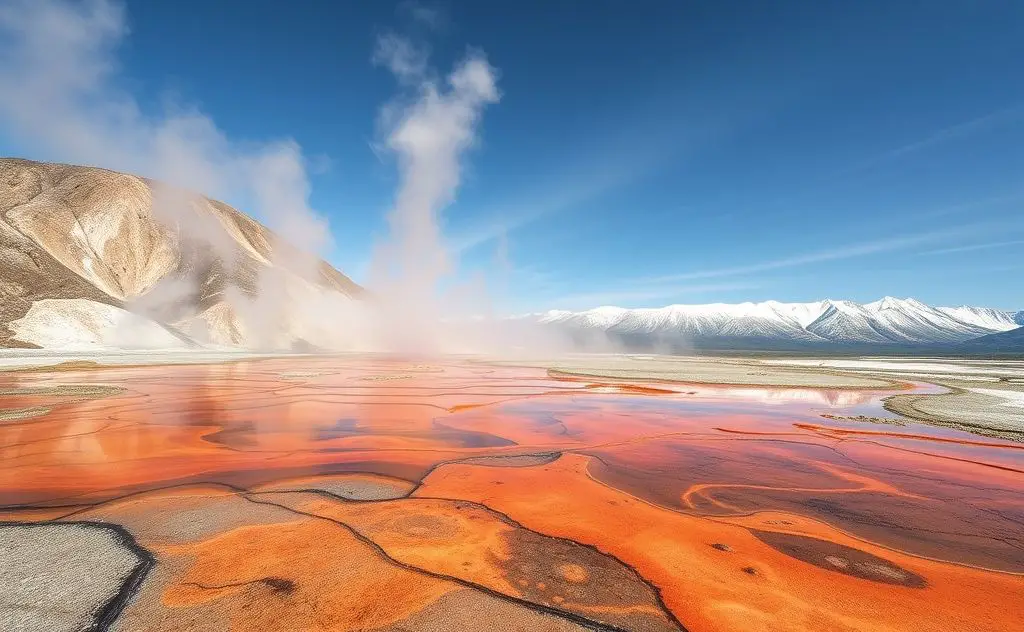Geothermal heating systems can have disadvantages such as high initial installation costs, potential for land use conflicts, limited availability in certain geographic areas, and the risk of groundwater contamination if not properly managed.
Geothermal heating systems offer clean energy and long-term savings, but they’re not perfect for every home. While these systems tap into the Earth’s natural heat, they come with significant drawbacks that homeowners should consider before installation.

1. Extremely High Upfront Costs
Geothermal systems require substantial initial investment compared to traditional HVAC options. The installation process involves complex underground work that drives up expenses.
Installation Cost Breakdown
| Component | Average Cost |
|---|---|
| Ground loop system | $10,000-$30,000 |
| Heat pump unit | $3,000-$8,000 |
| Labor and permits | $5,000-$15,000 |
For comparison, a traditional propane fireplace or vented gas heater costs significantly less upfront.

2. Limited Geographic Suitability
Not all properties can support geothermal systems effectively. Several geographic factors limit installation options:
- Rocky terrain increases drilling costs
- Small urban lots lack space for horizontal loops
- Areas with shallow groundwater face contamination risks
- Regions with extreme temperature variations reduce efficiency
According to Solar Reviews, only certain locations provide the ideal underground temperatures for optimal performance.
3. Potential Ground Instability Issues
The underground components of geothermal systems can cause unexpected problems:
Soil Shifting Risks
Ground loops may shift over time, especially in areas with:
- High water tables
- Clay-rich soils
- Seismic activity
Landscaping Limitations
Property owners face restrictions on:
- Tree planting near loops
- Deep excavation projects
- Swimming pool installation
4. Long Payback Period
While geothermal systems save money long-term, the payback period often exceeds a decade:
- Average system cost: $20,000-$25,000
- Annual savings: $1,500-$2,000
- Payback period: 10-15 years
This makes geothermal less attractive for homeowners who may move before recouping costs.
5. Specialized Maintenance Requirements
Geothermal systems require unique maintenance compared to conventional systems:
- Loop pressure checks every 3-5 years
- Antifreeze solution replacement
- Specialized technicians for repairs
As noted by Dandelion Energy, while maintenance is less frequent, it’s more complex when needed.
6. Potential Water Contamination Risks
Improperly installed systems can impact groundwater:
Contamination Sources
- Leaking antifreeze from loops
- Cross-contamination between aquifers
- Chemical migration through porous soils
Prevention Measures
- Proper loop sealing
- Regular pressure testing
- Environmental impact studies
7. System Efficiency Fluctuations
Geothermal performance varies based on several factors:
| Factor | Impact on Efficiency |
|---|---|
| Soil composition | Clay reduces heat transfer |
| Groundwater flow | Moving water improves performance |
| Loop depth | Deeper loops maintain stable temps |
For homeowners considering alternatives, infrared heating systems offer different advantages without underground installation.
